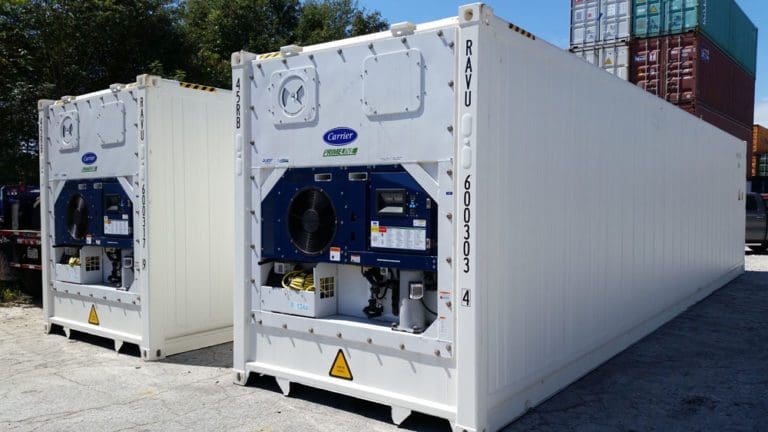
From Purchasing to Maintaining: Uncovering The Cost of Shipping Containers
Shipping containers have become increasingly popular for a variety of uses, from transportation and storage to innovative architectural projects. Understanding the cost of purchasing and maintaining shipping containers is crucial for those looking to invest in them. This comprehensive guide will explore the factors influencing container pricing, as well as maintenance and modification costs.
What are Shipping Containers?
Shipping containers are large, durable boxes designed for the efficient transport of goods over long distances. They come in various sizes and materials, ranging from small cargo boxes to massive 40-foot containers. Shipping containers typically have airtight seals, which makes them ideal for storing goods that need to be kept dry or protected from environmental elements. In recent years, shipping containers have become popular for more innovative uses as well, such as converting them into tiny homes, office buildings, and more.
How Much Does it Cost to Purchase a Shipping Container?
The cost of purchasing a shipping container will vary depending on size, type, and condition. Generally, smaller containers can range in price from $800 – $2,000 while larger containers (20ft or 40ft) will typically cost anywhere from $2,000 – $5,000. One-trip containers are the most expensive option since they’re brand new and have never been used before.
Usually, these containers come with a warranty and can cost up to twice as much as a used container. Refurbished containers are also available for those who want to save money and still have a quality product. These prices can vary depending on several factors which we will dive deeper into below.
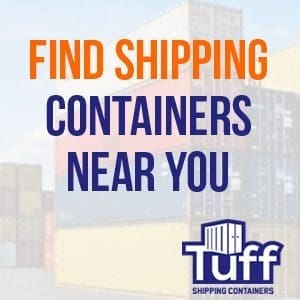

Factors Influencing Shipping Container Pricing
Several factors can affect the price of a shipping container, including:
- Size: Containers come in different sizes, typically ranging from 10 to 53 feet in length, and prices vary accordingly.
- Type: Different container types, such as standard dry containers, refrigerated containers, and open-top containers, can impact the cost.
- Age and Condition: Newer containers are more expensive, while used containers in varying conditions can be more budget-friendly.
- Market Conditions: Supply and demand fluctuations, as well as regional variations, can impact shipping container prices.
Purchasing a Shipping Container: New vs. Used
When purchasing a shipping container, buyers can choose between new or used shipping containers. This section explores the pros and cons of each option, covering aspects such as:
- Cost differences
- Expected lifespan
- Structural integrity
- Availability of various container types
Modification and Customization Costs
Shipping containers can be modified for various purposes, such as storage units, homes, or offices. This section delves into the costs associated with container modifications, including:
- Structural modifications (adding windows, doors, insulation)
- Electrical and plumbing installations
- Interior design and finishing touches
Transportation and Delivery Costs
The cost of transporting and delivering a shipping container depends on factors such as distance, location, and accessibility. This section explores the factors influencing transportation and delivery costs, as well as tips for minimizing expenses.
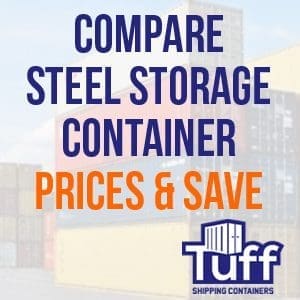

What Maintenance Costs are Involved?
Shipping containers require regular maintenance in order to remain functional and safe for use. Depending on the size of the container, you may need to hire professionals to inspect them annually or bi-annually. This ensures that any potential issues with the container can be
Proper maintenance is crucial for ensuring the longevity of a shipping container. This section covers common maintenance and repair expenses, including:
- Rust prevention and treatment
- Repairing damaged or worn components (floor, doors, seals)
- Inspecting and maintaining container modifications (electrical, plumbing)
Financing Options and Strategies
For those looking to purchase a shipping container, various financing options, and strategies can help manage the cost. This section discusses:
- Leasing vs. buying
- Financing through banks or container dealers
- Rent-to-own programs
Cost-Efficient Tips for Shipping Container Ownership
This section offers practical tips for minimizing the cost of shipping container ownership, such as:
- Researching and comparing prices from multiple suppliers
- Considering refurbished or repurposed containers for lower costs
- Regularly inspecting and maintaining your container to avoid costly repairs
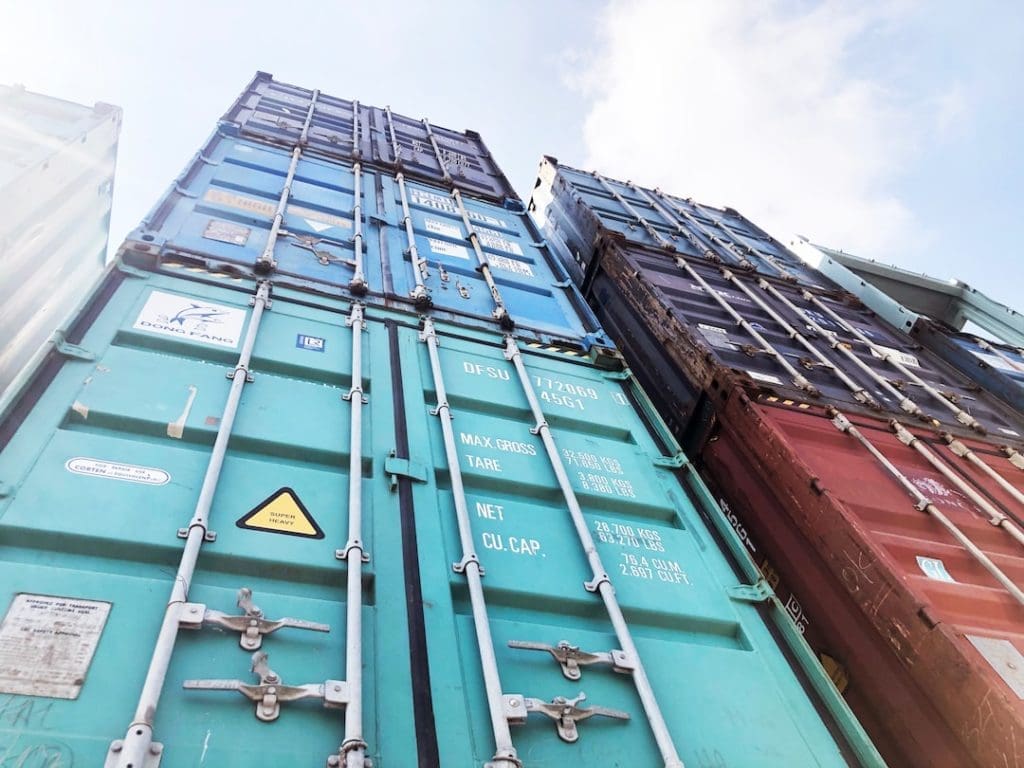

Buying vs. Renting Shipping Containers: Pros and Cons
Deciding whether to buy or rent a shipping container depends on your specific needs, budget, and duration of use. This section compares the advantages and disadvantages of buying and renting shipping containers.
Advantages of Buying
- Long-term cost-effectiveness: Purchasing a container is more cost-effective in the long run for extended use or permanent projects.
- Customization: Owning a container allows for complete customization and modification, making it suitable for unique projects or specific purposes.
- Asset ownership: Buying a container means you own an asset that can be resold later if needed.
Disadvantages of Buying
- Upfront costs: Purchasing a container requires a higher initial investment compared to renting.
- Storage and relocation: Owning a container means you are responsible for storage and relocation costs when not in use or when moving it to a new location.
- Maintenance: As the owner, you are responsible for maintaining and repairing the container.
Advantages of Renting
- Lower upfront costs: Renting a container requires a lower initial investment, making it a more affordable option for short-term use.
- Flexibility: Renting offers the flexibility to change container sizes or types as needed, allowing for easy adaptability to changing requirements.
- No maintenance or repair responsibilities: The rental company handles maintenance and repairs, saving you time and effort.
Disadvantages of Renting
- Long-term costs: Renting a container for extended periods can become more expensive than buying one.
- Limited customization: Rental containers typically come with restrictions on modifications, limiting their adaptability for specific projects.
- No asset ownership: Renting means you don’t own the container, which cannot be considered an asset or resold later.
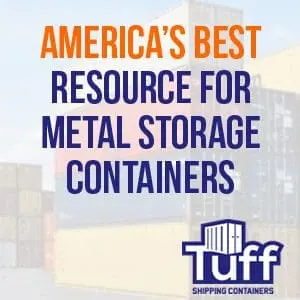

Container Inspections and Appraisals: Ensuring Quality and Value
Before purchasing or renting a shipping container, it’s essential to inspect and appraise the container to ensure it meets your requirements and is worth the investment. This section discusses the aspects to consider during a container inspection, such as:
- Structural integrity (checking for dents, corrosion, or cracks)
- Door functionality (ensuring doors open and close smoothly)
- Seals and gaskets (examining for damage or wear)
- Flooring condition (assessing for damage or signs of rot)
- Odor and cleanliness (checking for unpleasant odors or signs of contamination)
Insurance and Protection: Safeguarding Your Shipping Container Investment
Protecting your shipping container investment with appropriate insurance coverage is crucial. This section covers the types of insurance policies available for shipping containers, as well as factors to consider when choosing coverage, such as:
- Replacement value or actual cash value coverage
- Coverage for modifications and customizations
- Protection against theft, vandalism, and natural disasters
- Liability coverage for rented containers
From purchasing to maintaining, and even renting, there are various aspects to consider when investing in a shipping container. By understanding the costs associated with buying, modifying, maintaining, and renting containers, you can make informed decisions tailored to your specific needs and budget. Evaluating factors such as container inspections, insurance, and the pros and cons of buying vs. renting will ensure you make the best choice for your project, ultimately maximizing the value of your shipping container investment.

Leave a Reply